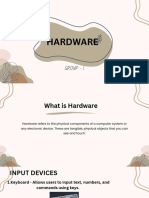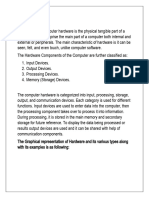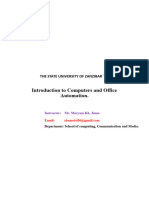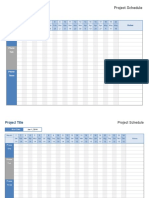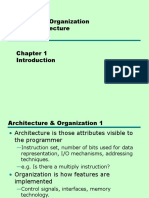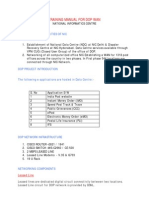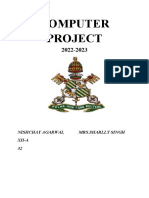0% found this document useful (0 votes)
9 views4 pagesComplete Note On Computer Hardware
Computer hardware encompasses the physical components of a computer system, including internal parts like the CPU and RAM, and external peripherals such as keyboards and monitors. It is categorized into input, processing, memory, output, and communication devices, each serving specific functions in data processing and user interaction. Proper maintenance of hardware is crucial for enhancing performance and longevity.
Uploaded by
eniolatiamiyu01Copyright
© © All Rights Reserved
We take content rights seriously. If you suspect this is your content, claim it here.
Available Formats
Download as PDF, TXT or read online on Scribd
0% found this document useful (0 votes)
9 views4 pagesComplete Note On Computer Hardware
Computer hardware encompasses the physical components of a computer system, including internal parts like the CPU and RAM, and external peripherals such as keyboards and monitors. It is categorized into input, processing, memory, output, and communication devices, each serving specific functions in data processing and user interaction. Proper maintenance of hardware is crucial for enhancing performance and longevity.
Uploaded by
eniolatiamiyu01Copyright
© © All Rights Reserved
We take content rights seriously. If you suspect this is your content, claim it here.
Available Formats
Download as PDF, TXT or read online on Scribd
/ 4






